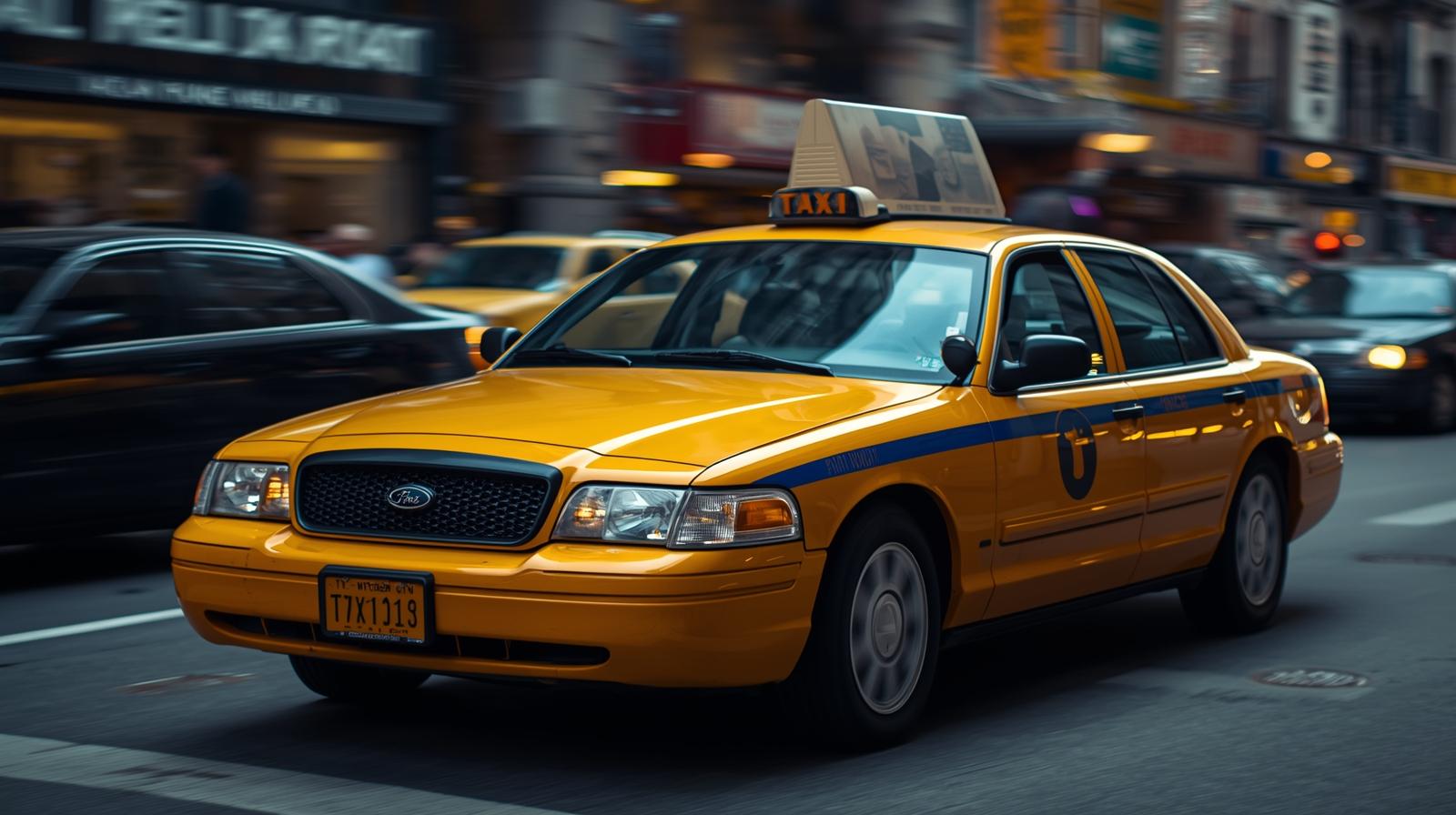By The Digital Hustle Hub
City life can drain your wallet faster than you can say “$6 latte.” I’ve been there, hustling through freelance writing gigs in a pricey urban bubble, watching my cash slip away on takeout and impulse buys. A No-Spend Week Challenge is like hitting the reset button on your finances—a seven-day sprint where you skip non-essential spending to save big and rethink your habits. In 2025, with rent averaging $2,000 in US cities, groceries up 10%, and side hustle income from platforms like Upwork or Etsy being unpredictable, this challenge is a perfect way to build savings momentum without feeling like you’re giving up everything.
In this guide, I’m breaking down the No-Spend Week Challenge, why it’s a must for city dwellers, how to crush it, and where to grab a free printable tracker to stay on track. It’s packed with my own budget-saving tricks and stories from friends who’ve nailed it, plus steps to fit your hectic urban life. Headings are ready for WordPress pasting, because you’re already juggling enough. Ready to save a chunk of change in just one week? Let’s get started.

Why the No-Spend Week Challenge Is a Game-Changer in 2025
Living in a city is like signing up for a financial obstacle course—costs are 20% higher than suburbs, per recent data, and 60% of young pros lean on side gigs to keep up. With gig platforms reporting earnings to the IRS ($600+) or HMRC (£1,000+), you need a cushion for taxes and unexpected slow months. A No-Spend Week cuts out the fluff—coffee runs, takeout, random buys—saving $50-$200 in just seven days. It’s a quick win that builds discipline and frees up cash for goals like an emergency fund or paying off a credit card. Plus, a printable tracker makes it fun and keeps you accountable.
What Is the No-Spend Week Challenge?
A Week of Intentional Spending
The challenge is simple: for seven days, you only spend on absolute essentials—rent, utilities, basic groceries. No takeout, no rideshares, no new clothes. It’s designed for urban hustlers with tight budgets, using a free tracker to log daily wins and savings. By the end, you’ll have cash saved and a clearer view of your spending habits.
Why It’s Perfect for 2025
With inflation at 4% and city costs relentless, a week of no-spend resets your budget. It’s a short-term commitment that fits busy schedules and leverages gig income for savings, not splurges.
Signs You Need This
- You’re spending $100+/month on takeout.
- Gig cash disappears on small buys.
- No savings for taxes or emergencies.
A Challenge Win
My friend Mia, a barista with $250/month Etsy gigs in Chicago, saved $120 in a No-Spend Week by skipping coffee and takeout. She put it toward a tax fund.
Step 1: Prep for Your No-Spend Week
Set the Stage
Commit to seven days of essentials-only spending. List your non-negotiables: rent, utilities, $20 for basic groceries. Identify leaks like $5 coffees or $15 Ubers. Grab a printable tracker to log daily progress.
Why Prep Matters in 2025
City expenses creep up fast—a $50 dining bill here, $20 rides there. Prepping helps you save $50-$200 in a week, redirecting gig cash to goals like a $500 emergency fund.
How to Prep
Check your bank app for last week’s spending (e.g., $80 on takeout). List essentials ($20 groceries, $50 transit pass). Plan meals with pantry staples. Set a savings goal ($100+). Takes 20 minutes.
A Prep Win
Alex, a remote coder with $400/month tutoring in Seattle, prepped by spotting $100 in dining leaks. Saved $150 in his No-Spend Week, added to a Roth IRA.
Step-by-Step Prep Tips
- Review last week’s bank statement.
- List essentials: Rent, utilities, $20 groceries.
- Set a savings goal ($50-$200).
- Plan meals with existing food.
Step 2: Download Your Free Printable Tracker
Track It to Win It
A free printable tracker with clean, minimalist designs (checklists, savings logs) keeps you focused. It lists daily goals like “Skip coffee, save $5” and tracks your total saved.
Why It’s Great in 2025
Aesthetic trackers turn saving into a game, perfect for busy urbanites. Free means more cash for your goals, and daily check-ins build habits.
Top Free Tracker Spots
- Canva: Free “No-Spend Challenge” PDFs—simple grids, urban vibes.
- TheBudgetMom: Free trackers with daily savings logs.
- MoneySavingMom: Free 2025 challenge PDFs with prompts.
- PrintableCrush: Free minimalist no-spend trackers.
How to Use It
Download a PDF, print at home or a library (10-20 cents/page), or save to your phone. Log each day’s no-spend win and savings (e.g., “Day 2: Cooked, saved $15”). Takes 2 minutes daily.
A Tracker Win
Sophie, a freelancer with $500/month gigs in Austin, used a Canva tracker. Saved $130 in a week, funded a weekend getaway.
Step-by-Step Tracker Tips
- Search “no-spend challenge” on Canva or PrintableCrush.
- Pick a PDF with daily tasks, savings log.
- Download, print, or sync to phone.
- Log daily wins, aim for $10+/day.
Step 3: Tackle the Week with Smart Strategies
Stick to the Plan
Each day, avoid non-essential spending. Cook meals ($10/week staples), walk short trips, use free entertainment (library apps, parks). Use gig cash for essentials only, not impulse buys.
Why It Works in 2025
A week of discipline saves $50-$200, fitting busy city schedules. It preps you for taxes and builds confidence to keep saving.
Sample No-Spend Week Plan
- Day 1: Skip coffee, brew at home, save $5.
- Day 3: Cook dinner, save $15.
- Day 5: Walk 1 mile, save $10.
- Day 7: Free movie night (library app), save $20.
A Plan Win
Liam, a TaskRabbit hustler with $600/month in Miami, followed the plan. Saved $140 by cooking and walking, started a tax fund.
Step-by-Step Plan Tips
- Stick to tracker’s daily tasks.
- Save $5-$20/day, log in PDF.
- Use gig cash for essentials only.
- Find free city events on Eventbrite.
Step 4: Redirect Your Savings
Make It Count
Funnel your week’s savings ($50-$200) into a high-yield savings account (3-4%, Ally) or toward a goal like taxes or debt. Avoid spending it on post-challenge splurges.
Why It’s Crucial in 2025
Gig income’s taxed heavily; savings cover IRS bills or slow months. A cushion prevents debt when gigs dip.
How to Redirect
Open an Ally account (free, 3.5%). Deposit your week’s savings. Set a goal: $500 emergency fund or tax prep. Takes 10 minutes.
A Savings Win
Emma, a creator with $400/month Patreon in Boston, saved $100 in a week. Put it in Ally, now adds $20/month to savings.
Step-by-Step Redirect Tips
- Open a high-yield savings account.
- Deposit week’s savings ($50+).
- Set a goal: Taxes, emergency fund.
- Add $20-$50/month from gigs.
Step 5: Reflect and Build Habits
Keep the Momentum
After the week, review your tracker: total saved, easiest tasks. Keep 1-2 habits (e.g., cooking, walking). Check savings monthly to stay on track.
Why It’s Key in 2025
City costs don’t quit; habits do. A week’s success can spark long-term savings for taxes or goals.
How to Reflect
Sum up savings in the tracker. Note top tasks (e.g., skipping takeout). Continue one habit post-challenge. Takes 10 minutes.
A Reflection Win
Tom, a freelancer with $500/month gigs in New York, saved $110. Kept cooking lunches, now saves $80/month for a course.
Step-by-Step Reflection Tips
- Sum up savings in tracker.
- Pick 1-2 habits to keep.
- Check savings monthly (5 minutes).
- Celebrate: $50 saved? Free park coffee.
Wrapping It Up: Nail the No-Spend Week and Save Big
The No-Spend Week Challenge is your 2025 hack to save $50-$200 fast. Prep smart, grab a free printable tracker, follow the plan, redirect savings, and build habits. I’ve seen friends bank hundreds while keeping the city spark—you’re next.
What’s your no-spend goal? Share below and let’s save smarter.
Written by Mudassar Ali — Founder of The Digital Hustle Hub
Helping city hustlers save big, one week at a time.



